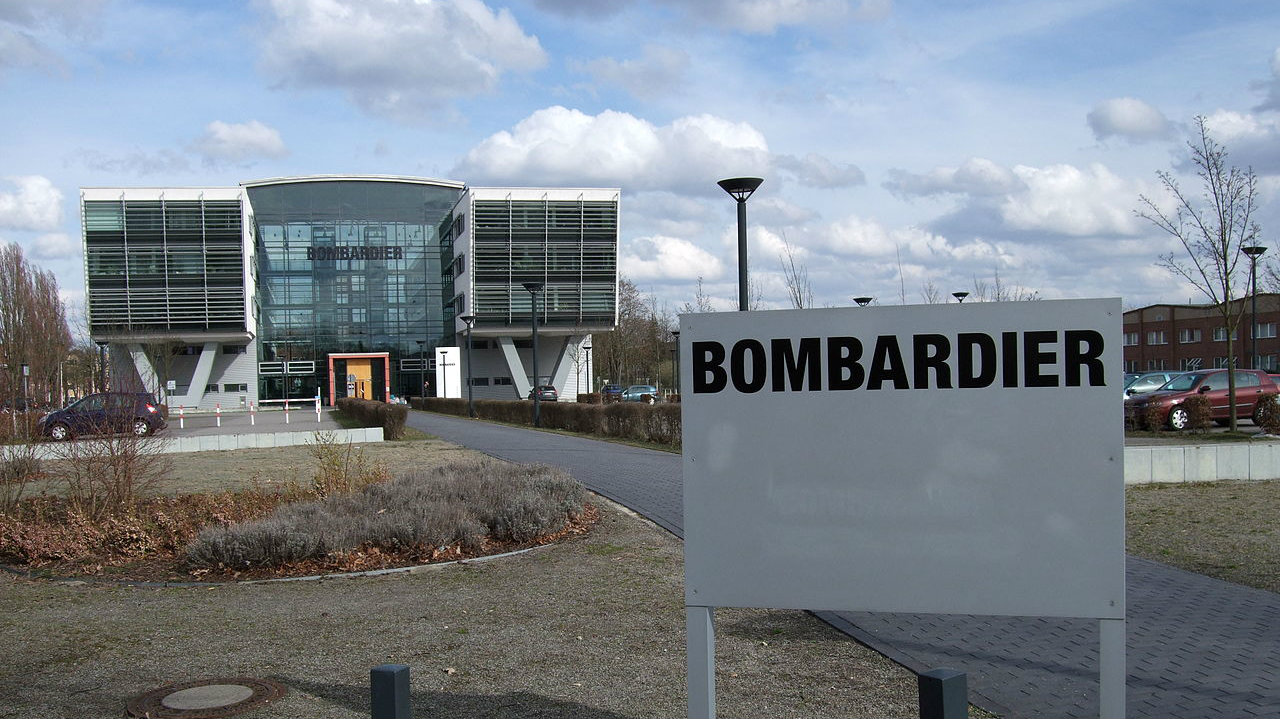If you work in investor relations at Bombardier, Inc. (TSX:BBD.B), you must have loved the Business News Network’s (BNN) September 22 story entitled “Three reasons why Boeing may actually fear Bombardier.”
Why?
It did an excellent job explaining why Boeing Co. (TSX:BA) is making a full-court press to the U.S. Department of Commerce’s Enforcement and Compliance division, accusing Bombardier of selling its CSeries jet in the U.S. for less than cost. In effect, Bombardier is dumping them on the American market — a plan made possible by Canadian government subsidies.
A preliminary ruling is expected shortly, and a final determination will come in February 2018. If the Department of Commerce backs Boeing’s claims, Delta Air Lines, Inc. (NYSE:DAL) would have to pay duties on the CSeries jets it receives.
As I write this (midday September 26), Bombardier shares are up more than 10% — a sign investors expect to hear good things from the Department of Commerce’s preliminary ruling. That might well be, but before you start figuring out how to spend all your capital gains, consider the other side of BNN’s argument why Boeing fears Bombardier.
Once you consider both sides of the argument, I believe it becomes less clear whether or not a settlement with Boeing is a victory for Bombardier.
Bombardier could build a larger CSeries jet
The CS100 seats 108-135 people. The larger CS300 seats 130-160 people. The Boeing 737-700 seats between 126 and 149 people, making it Boeing’s most similar plane to the CSeries jets.
However, Boeing has essentially gotten out of the 737-700 market with just four planes yet to be delivered. It went to bigger versions in 2009 as oil prices moved higher, arguing that moving more people in one plane made greater economic sense. It hasn’t looked back.
Today, of its 4,427 airplanes yet to be delivered, 86% is the 737 Max, which comes in four versions from the 737 Max 7 with a maximum of 172 seats all the way up to the 737 Max 10 with a maximum of 230 seats.
So, for Bombardier to match Boeing’s largest 737, it would have to increase the CS300 by almost 50%. That’s a big jump — 14 rows of five seats — even for a company that has a history of stretching aircraft.
But probably the most difficult part of this equation is that Bombardier can barely afford to produce the planes it’s currently got on order; a much bigger plane isn’t financially responsible and won’t be for at least three to five years at the earliest.
Bombardier may further penetrate the U.S. market
The argument goes that smaller single-aisle planes are getting old — they’re 17 years old on average and more than twice the size — and they’ll have to be replaced.
Bombardier’s planes are more fuel efficient, cheaper, quieter than Boeing’s 737 according to some of the airline analysts. As soon as Delta puts the CSeries into service, the other airlines will line up to replace their aging 737s.
But will they?
While oil prices seem to be drifting higher, it’s hard to know how much higher they’ll go. Why buy new planes when the current ones get the job done? And even if they do want to buy new aircraft, there’s no guarantee their mechanics will want to move away from Boeing products into the arms of Bombardier.
If it were that easy, Bombardier wouldn’t have needed government loans in the first place. I wouldn’t assume Bombardier is going to take market share in the U.S.
Bombardier’s planes fly more efficiently
Yes, Bombardier’s engine is 20% more fuel efficient than Boeing products, but we saw once before when oil prices got prohibitive, airlines went bigger.
What’s to say they won’t do it again, despite the fact they’ve now got a more fuel-efficient option that they didn’t have back in 2009?
Bottom line
I believe anyone who thinks Bombardier’s has Boeing running scared is just ignoring the facts. This isn’t the first time Boeing has had to go up against a capable opponent, and it won’t be the last.
Boeing is exercising its right to protect its business within the rules the law provides. It’d be unwise not to exercise those rights.









